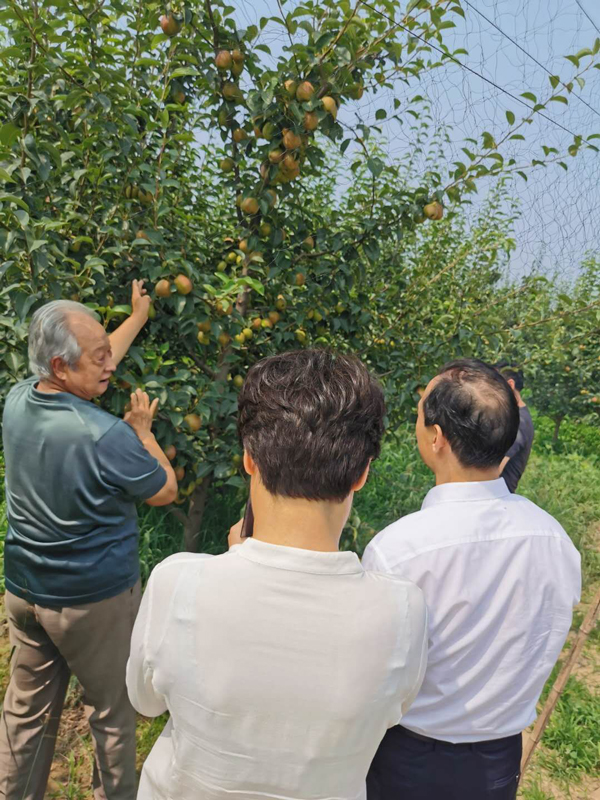Aug . 28, 2024 02:15 Back to list
Custom Pear Pollen Germination
Understanding Custom Pear Pollen Germination
Pollen germination is a critical process in the reproduction of flowering plants, including fruit-bearing trees like pears. For those interested in horticulture, agriculture, or fruit production, understanding the intricacies of pear pollen germination can be vital for enhancing yield and improving fruit quality. This article explores the factors that influence custom pear pollen germination, focusing on techniques that can be employed to optimize this vital process.
Pollen from pear trees undergoes germination when it lands on a compatible stigma, where it begins to grow and ultimately delivers sperm cells to the ovule for fertilization. The germination process itself involves several steps, starting with hydration, followed by the formation of the pollen tube, which must navigate through the stigma and style to reach the ovule.
One of the significant factors impacting pollen germination is environmental conditions. Temperature and humidity play critical roles; generally, pear pollen germinates best within a temperature range of 18 to 25 degrees Celsius. Excessive humidity can also lead to poor germination, as it may cause pollen clumping or degradation. As a result, understanding the specific environmental requirements for successful germination can lead to better management practices in orchards.
custom pear pollen germination

In addition to environmental conditions, the age and viability of the pollen are crucial. Freshly collected pollen tends to germinate more effectively than older or improperly stored pollen. Custom pollen preservation techniques, such as cryopreservation, can extend the viability of pollen, allowing growers to store high-quality pollen for future use. This is particularly valuable in breeding programs, where specific pollen genotypes may be required to achieve desired traits in new pear cultivars.
Another important consideration is the genetic compatibility between the pollen donor and the flower receiving the pollen. While many pear species can cross-pollinate, not all combinations are effective. Understanding which varieties of pear trees are compatible can enhance fertilization rates and, subsequently, fruit set. This knowledge can be particularly beneficial for commercial growers looking to maximize their yield.
Moreover, advancements in technology have made it easier to assess pollen quality and predict germination success. Methods such as in vitro germination assays allow researchers and growers to evaluate pollen viability and germination rates under controlled conditions before applying it in the field. This approach can significantly reduce the risks associated with poor pollination and enhance overall productivity.
In conclusion, custom pear pollen germination encompasses a variety of factors, including environmental conditions, pollen viability, genetic compatibility, and technological advancements. As the demand for high-quality pears continues to rise, understanding these elements will be crucial for growers aiming to optimize their practices. By focusing on the specific needs of pear pollen and leveraging new technologies, cultivators can enhance their production systems, leading to healthier trees and more abundant fruit harvests. As research continues to evolve in this field, the future of pear production looks increasingly promising for both small-scale and commercial growers.
-
Pollen Peach Tree AI Management with GPT-4-Turbo
NewsJul.31,2025
-
Eco Fruit Paper Bags for Peak Freshness | Durability Focused
NewsJul.31,2025
-
Pollen Peach Tree for Pure Pollination and High-Quality Peach Pollen
NewsJul.30,2025
-
Premium Cherry Pollen for Pure Pollination & Different Types
NewsJul.30,2025
-
Artificial Pollination Solutions for Various Plant Pollen Types
NewsJul.29,2025
-
Artificial Pollination Solutions for All Plant Pollen Types
NewsJul.29,2025